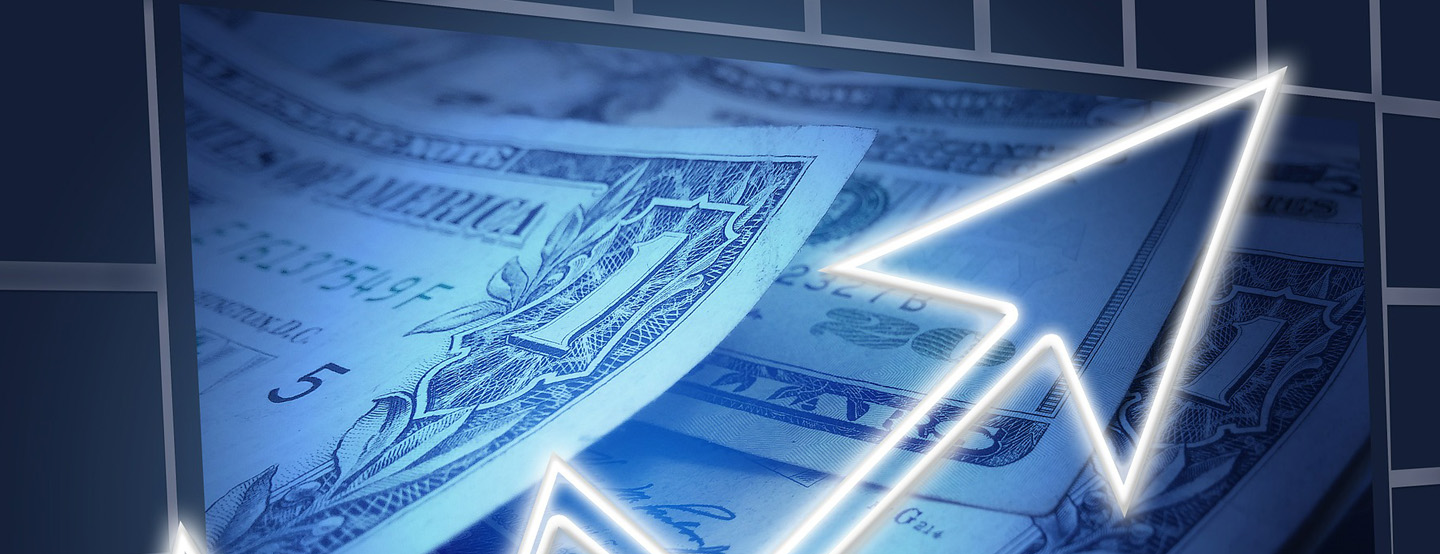The banking and finance industry has undergone significant changes in recent years due to rapid advancements in technology and shifts in customer behavior. As we look ahead to 2025, it is clear that these trends will continue to shape the future of banking and finance. In this article, we will explore the key technological advancements and shifts in customer behavior that are likely to impact the industry in 2025.
Technological Advancements in Banking and Finance
In 2025, technological advancements such as artificial intelligence, blockchain, and biometric authentication are expected to revolutionize the way banks and financial institutions operate. Artificial intelligence will play a crucial role in automating processes, providing personalized customer experiences, and detecting fraudulent activities. Blockchain technology will enhance security and transparency in transactions, while biometric authentication methods like fingerprint and facial recognition will improve the security and convenience of banking services.
Furthermore, the rise of digital currencies and decentralized finance (DeFi) platforms is expected to challenge traditional banking models in 2025. Cryptocurrencies like Bitcoin and Ethereum have gained mainstream acceptance, leading to increased adoption by consumers and businesses. DeFi platforms, which operate without traditional financial intermediaries, offer decentralized lending, borrowing, and trading services. These advancements are likely to drive competition and innovation in the banking and finance sector.
The use of data analytics and machine learning algorithms will also become more widespread in 2025, enabling financial institutions to gain deeper insights into customer behaviors and preferences. This data-driven approach will help banks tailor their products and services to meet the evolving needs of customers more effectively. Additionally, the integration of Internet of Things (IoT) devices and wearables will enable seamless and secure payment experiences, further enhancing the overall customer experience.
Shifts in Customer Behavior and Industry Trends
In 2025, customer behavior in the banking and finance industry is expected to continue evolving, driven by changing demographics, preferences, and expectations. Millennials and Gen Z consumers, who are digital natives, will increasingly demand personalized and convenient banking services that are accessible anytime, anywhere. As a result, financial institutions will need to prioritize digital transformation to meet the needs of these tech-savvy customers.
Moreover, the COVID-19 pandemic has accelerated the shift towards digital banking and contactless payments, with more customers embracing online and mobile banking solutions. In 2025, we can expect to see a further decline in physical bank branches and an increased reliance on digital channels for transactions and interactions. This trend will require banks to invest in robust cybersecurity measures to protect customer data and privacy in an increasingly digital landscape.
Furthermore, sustainability and ethical banking practices will become more prominent in 2025, as customers and regulators place greater emphasis on environmental, social, and governance (ESG) factors. Financial institutions will need to demonstrate their commitment to sustainability through green financing initiatives, responsible investing, and transparent reporting. This shift towards sustainable banking will not only meet customer expectations but also align with global efforts to address climate change and promote social responsibility.
In conclusion, the future of banking and finance in 2025 will be shaped by technological advancements, shifts in customer behavior, and industry trends. Financial institutions that embrace innovation, prioritize customer-centric strategies, and adapt to changing demands will be well-positioned to succeed in this evolving landscape. By leveraging technology, understanding customer preferences, and upholding ethical standards, banks and financial institutions can navigate the challenges and opportunities that lie ahead in the coming years.


Recent Comments